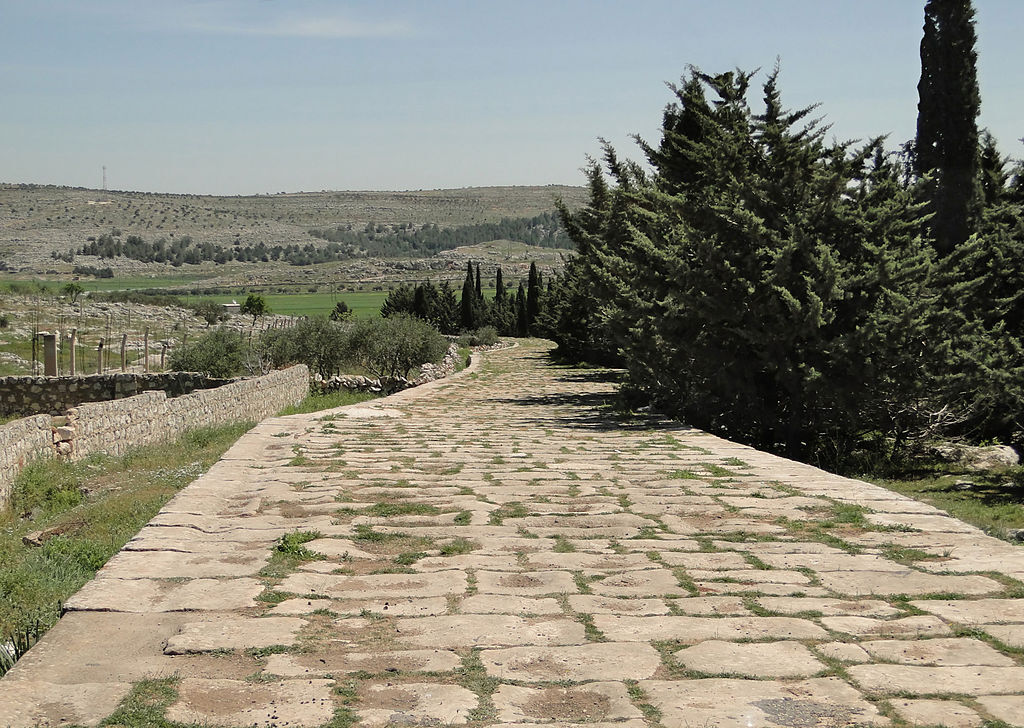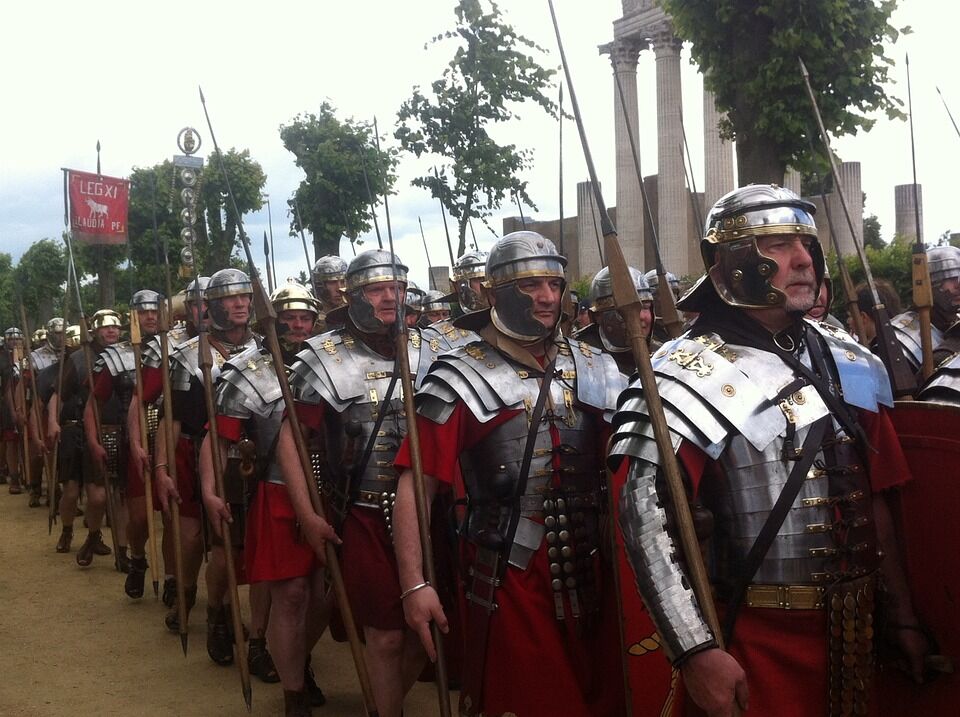At its height, the Roman Empire was immense, comprising around 50 million people. The inhabitants spoke different languages, practised different religions and had distinct lifestyles. As a result, several cultures lived side by side in the Roman Empire. For example: the Gauls, Bretons and Germans lived in the north of the Empire, the Greeks in the east of the Italian peninsula and the Egyptians in the north of Africa.

Note: English image coming soon
The Romans had to develop effective ways of controlling the entire conquered territory. To manage their immense empire effectively, the Romans divided the territory into provinces. By the 2nd century, there were 40 provinces, all administered by a governor. The governor was responsible for collecting taxes, enforcing the law and organising the defence of the borders.
Out of necessity, the Romans developed a road network of some 60,000 kilometres. It allowed better communication between the provinces and the capital and better defence of the borders.

Note: English image coming soon

At the time, it was difficult to organise an efficient communications system for such a large territory. After all, there are several thousand kilometres between the provinces and the capital, Rome. This made it difficult for the governor to get his reports and taxes to the capital. The Romans quickly realised that roads had to be of very high quality if they were to be used often and over long periods of time. So they set about building a highly complex network of roads linking the four corners of the Empire to the capital. The expression ‘all roads lead to Rome’ refers to the Roman road network.
The first road built by the Romans was called the Appian Way. It was built in 312 BC and linked the city of Rome to the south of the Italian peninsula. Sections of this road are still in use today.
The Roman army was essential for controlling the various provinces. A Roman legion, made up of 6,000 soldiers, had to be able to move quickly to defend the borders (called limes by the Romans) of the Empire or to crush a rebellion. Roads therefore increased the efficiency of the Roman army, improving security within the Empire.

